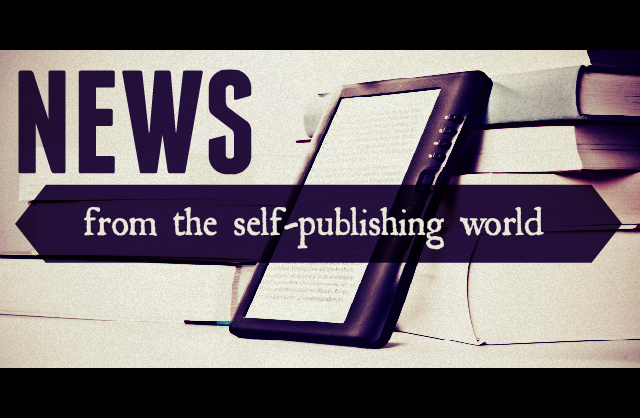
In the world of modern publishing, authors are faced with a crucial decision: whether it is better to self-publish or get a traditional publisher. Each path has its merits and drawbacks, making the choice a complex and individual one. Today we will explore the pros and cons of both options to help you make an informed decision on whether it’s better to self-publish or get a publisher for your book.
Self-Publishing Pros
Creative Control and Flexibility: Self-publishing typically grants authors complete creative control over their work. From cover design to formatting, you have the final say in every aspect of your book’s presentation. Additionally, you are typically in control of how long your book takes to be published, allowing for greater flexibility and faster publication compared to the lengthy process of traditional publishing.
Higher Royalties: Self-published authors often earn higher royalties per book sale compared to traditionally published authors. By eliminating the middleman, you can retain a more substantial portion of your book’s profits, potentially making self-publishing a more financially rewarding choice in the long run.
Direct Reader Engagement: As a self-published author, you can establish direct connections with your readers through social media, author websites, and book signings. This personalized engagement can lead to a loyal fan base, word-of-mouth recommendations, and increased book sales.
Self-Publishing Cons
Marketing and Promotion: Self-publishing often requires authors to take on a large roler in the marketing and promotion of the book. While the digital landscape offers ample opportunities for targeted advertising, building visibility and gaining recognition may demand significant time and effort.
Quality Control: Without the editorial expertise of a traditional publishing house, ensuring top-notch editing and formatting can be challenging. Authors must invest in professional design and editing services to maintain the same level of quality found in traditionally published books.
Traditional Publishing Pros
Credibility and Prestige: Traditional publishing comes with a seal of approval from reputable publishing houses, adding credibility to your book. Readers, booksellers, and literary critics often regard traditionally published works as more professional and polished.
Editorial and Design Assistance: Traditional publishers offer comprehensive editorial and design support, ensuring your book reaches its full potential. Professional editors work closely with authors to refine their manuscripts, enhancing the overall quality of the final product.
Marketing and Distribution Support: Even though traditionally published authors nowadays are expected to take an active role in the marketing and promotion of their book, traditional publishers have more established networks and resources for marketing and distribution. With their expertise, your book can reach a wider audience and gain more exposure in bookstores, libraries, and online platforms.
Traditional Publishing Cons
Longer Publishing Timeline: Traditional publishing involves a longer process, from querying agents or publishers to signing contracts and undergoing edits. This can delay your book’s release by several months or even years.
Limited Creative Control: Authors often need to relinquish some or all creative control to fit within the publisher’s vision and market demands. This may involve extensive changes to your content as well as to what you’ve always envisioned for your cover.
Lower Royalties: While traditional publishers offer the advantage of widespread distribution, the royalty rates are typically much lower for authors compared to self-publishing.
Competitive Selection Process: Perhaps the biggest con to traditional publishing is how difficult it is to have this choice to begin with. Getting a book accepted by a traditional publisher is highly competitive, and even many well-written manuscripts rarely make the cut.
So, is it better to self-publish a book or try to get a traditional publisher? Ultimately, the decision between self-publishing and traditional publishing depends on your goals, resources, and preferences as an author. Self-publishing offers creative freedom, higher royalties, and control over marketing, while traditional publishing provides credibility, marketing support, and wider distribution.
Carefully consider your objectives, budget, and willingness to take on marketing responsibilities. Whichever path you choose, remember that the publishing journey is a rewarding and fulfilling experience, offering a chance to share your literary voice with the readers everywhere and leave your legacy for the world.






